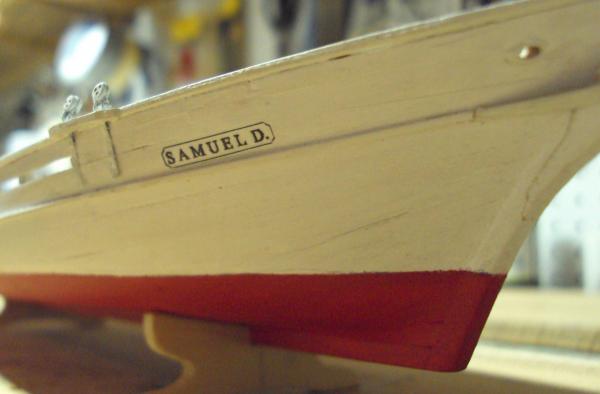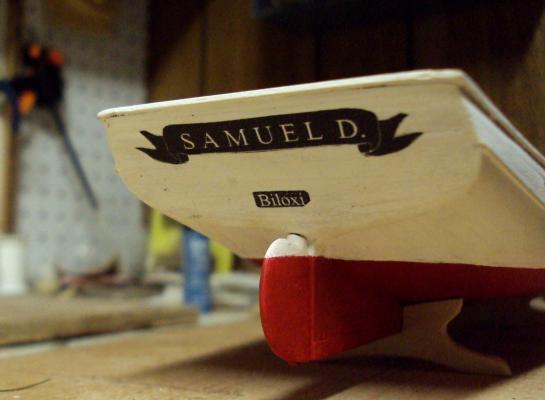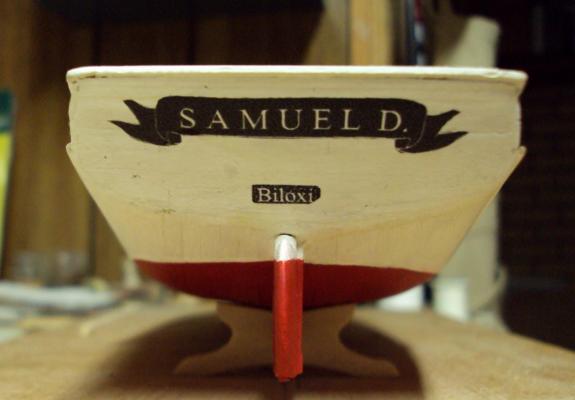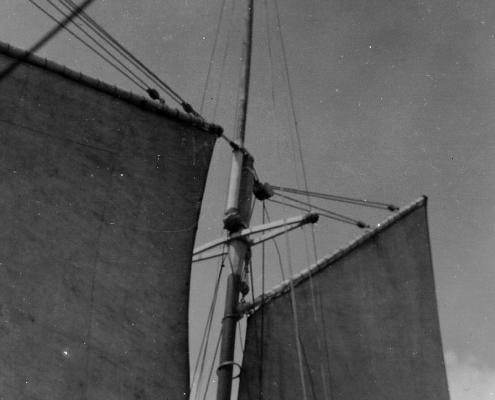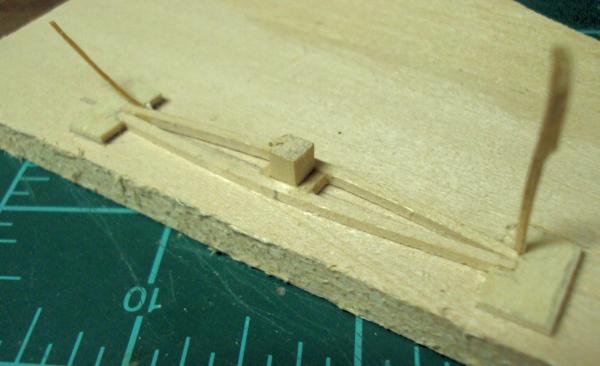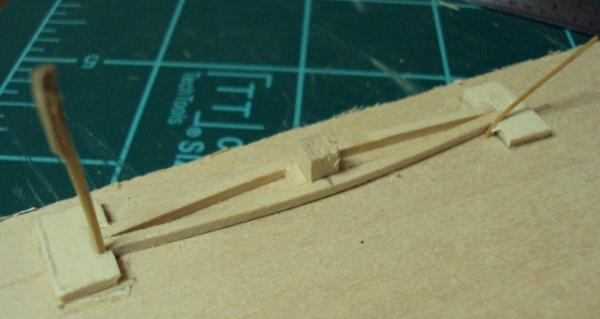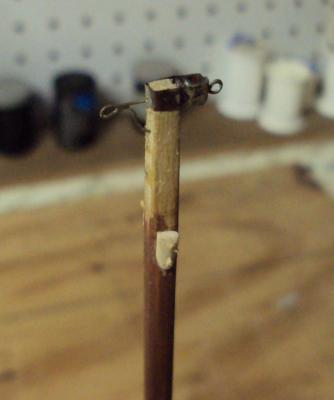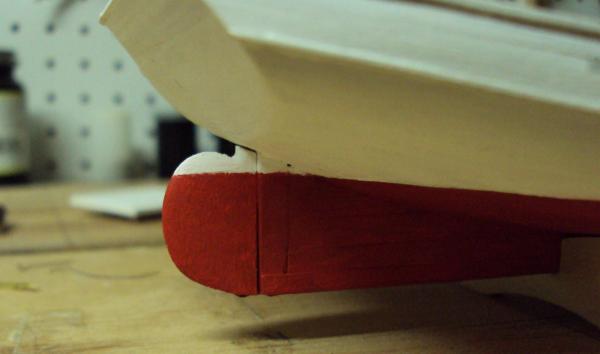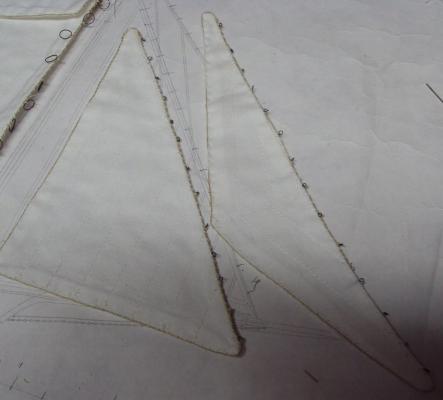
russ
Members-
Posts
3,086 -
Joined
-
Last visited
Content Type
Profiles
Forums
Gallery
Events
Everything posted by russ
-
When you do the conversion from the metric dimensions, this kit is 1/64 scale, the same size as the Mamoli and Model Shipways kits. This kit, as well as the other European kits of this vessel, are based on the Model Shipways kit. That kit was based on Howard Chapelle's original research on the Rattlesnake from the early 1930s. He first presented his redrawn plan of this vessel in his book History of American Sailing Ships, published in 1935. His plan was based on the original British draught from when she was captured. The original Model Shipways kit was introduced in the 1950s and it was a solid hull kit. They changed it to a POB hull in the 1990s. Russ
-
So long as the patterns you use match the plans you working from, then all is well. Russ
-
Hamilton: At this point, I would trust your hand more than the accuracy (or lack of it) of the copier. It is a very low tech way of doing it, but it sounds like you are on the right (accurate) path. Russ
-
Okay, I know it looks a little scary, but in the end it is going to be painted. This is the main mast head band with the band for the topmast to pass through, as well as the iron for the topping lift. This fitting was soldered up from brass strip and wire. Do not mind the cheeks. They are not completed yet. The cheeks will be sanded down and the spreaders for the topmast shroud will rest on them. Russ
-
Thanks. The rudder is tucked up under the stern a bit so I am not too worried about knocking it on something. However, it is good to be cautious. The sail hanks are very thin blackened annealed steel. I doubt there will be any rust issues, but in any event, the model will be cased. I was/am worried about the scale appearance. I think these will be okay. Russ
-
Made some progress this past weekend. The rudder is made and mounted. The rudder does not turn. It is just there for appearance. There is a brass plate under the keel and two pieces brass wire soldered into the plate that connect to the keel and the bottom of the rudder. The rudder is also held in place by bamboo dowels that go up into the hull and into the sternpost. The paint work needs a little touch up, but it turned out fairly well. The headsails have their hanks. The hanks are soldered blackened steel wire. The inside diameter is roughly 1/16". That is 3 scale inches. They are tied onto the boltrope. Russ
-
I would think, given the vessel and when she was built, that wire rope would have been used. Russ
-
Barbara: The .021 line will be okay, I am sure. Lanyards can be the lighter color thread. Russ
About us
Modelshipworld - Advancing Ship Modeling through Research
SSL Secured
Your security is important for us so this Website is SSL-Secured
NRG Mailing Address
Nautical Research Guild
237 South Lincoln Street
Westmont IL, 60559-1917
Model Ship World ® and the MSW logo are Registered Trademarks, and belong to the Nautical Research Guild (United States Patent and Trademark Office: No. 6,929,264 & No. 6,929,274, registered Dec. 20, 2022)
Helpful Links
About the NRG
If you enjoy building ship models that are historically accurate as well as beautiful, then The Nautical Research Guild (NRG) is just right for you.
The Guild is a non-profit educational organization whose mission is to “Advance Ship Modeling Through Research”. We provide support to our members in their efforts to raise the quality of their model ships.
The Nautical Research Guild has published our world-renowned quarterly magazine, The Nautical Research Journal, since 1955. The pages of the Journal are full of articles by accomplished ship modelers who show you how they create those exquisite details on their models, and by maritime historians who show you the correct details to build. The Journal is available in both print and digital editions. Go to the NRG web site (www.thenrg.org) to download a complimentary digital copy of the Journal. The NRG also publishes plan sets, books and compilations of back issues of the Journal and the former Ships in Scale and Model Ship Builder magazines.


